I love adventuring around the world and seeing everything nature has to offer. While traveling though, I like to make sure others after me have the same positive experience that I did. The best way I make sure to do this is by practicing the 7 Leave No Trace Principles everywhere I go. In this blog post I am breaking down what Leave No Trace (LNT) means and providing information on each of the seven principles.
Leave No Trace: The Seven Principles
The Leave No Trace Principles are guidelines that help people plan, prepare, and adventure more consciously. These seven principles were set up with our planet’s well being in mind. By practicing the LNT principles you are reducing your impact out in nature.
PRINCIPLE #1: PLAN AHEAD AND PREPARE
The very first Leave No Trace principle is to plan ahead and be prepared. Planning ahead helps you to be prepared and plan for the conditions ahead by ensuring the safety of groups and individuals. It also helps minimize resource damage during your trip.
There are a few elements to look out for when planning and preparing for an outdoor trip. These include:
- Identifying and recording the goals and expectations that you will have for your trip.
- Identifying the skills of the people going on this trip with you and your own.
- Do research on the area you plan to visit. Find information about the land managers, gather maps of the area, and read guides about the park/location.
- Plan trip activities that fit your skills, abilities and trip goals. These include hiking, backpacking, and even camping. By making sure these activities fit your skills and those of your group (if applicable) you are ensuring safety and avoiding any serious injuries or problems during your trip.
- By making sure you have all of the above, you can better know what things to pack to be better prepared.
- Upon return, evaluate your trip and take notes of any changes you will make for your next trip.
- Knowing what equipment to bring and clothing to wear for the weather that you will be expecting can be crucial. Make sure to check the weather before going.
- You want to make sure that the terrain you are exploring is suitable for your skill level as well as for your group.
- It is important to read current regulations, restrictions, and boundaries.
- It is important that if you are going on a hike or backpacking trip to know how fast you and your group hike to each destination, how much food to pack, how much food will be consumed during each meal, and the plan for leftovers. Leftovers create waste which leaves a trace. If left behind, it can attract animals or cause foul odors leading to bad experiences for other hikers that will be hiking through that same area.
- Group size – Making sure that everyone in your group abides by Leave No Trace principles and that it meets any regulations for that park/location is important before going on your trip. Also check to see if reservations need to be made prior.
There are various guides here that will help you be more prepared for your next trip.
PRINCIPLE #2: Travel and camp on durable surfaces
When traveling or camping outdoors, your main goal should be to adventure with minimal impact by avoiding damage to the land and waterways. Damage to these areas can cause erosion, killing of plants that may be endangered, or contamination to clean water sources.
TRAVEL ON TRAILS
If you are hiking in an area that has a trail, it is important to stay on the trail as much as possible. When you see other hikers on the trail, you should provide space for them to pass while trying your best to stay on the trail as well. When communicating with others, it is important to avoid shouting or making loud noises.
TRAVEL OFF TRAILS
Travel off trails refers to hikers that are not utilizing a designated trail or that travel to remote areas. This can occur when searching for bathroom privacy, exploration near and around campsites, and so on. When traveling off trail it is important travel on surfaces or vegetation that are able to withstand the impact of your travel or that are able to remain in stable conditions.
These surfaces include:
- Rock, sand and gravel
- Ice and snow
- Impact tolerant vegetation – not all vegetation should be trampled. This varies. For example, you shouldn’t walk on a field of wildflowers but you can walk on grassy areas.
Some areas that you shouldn’t step on are:
- Living soil – There are certain soils that are considered “living soil” which can be found in desert environments. These are called cryptobiotic crust or crypto. They are consisted of tiny communities or organisms that are blackish in appearance and irregular crust raised upon the sand. You can learn more about this type of soil here and how to spot them during your travels so you can better avoid them.
- Desert puddles and mud holes – Like water is so scarce in the desert and it is such a precious resource for all living things, it is important to avoid walking through these desert puddles, mud holes, or even disturb the surface water in any way as they are also home to many tiny desert animals.
Related Article: A Beginners Guide To Hiking
CAMP ON DURABLE SURFACES
Setting up a tent can be one of the most important aspects of low impact. It is very crucial to know where to set up your tent and how to make the most of the area without harming the environment. Here are a few tips:
- Choose a campsite in a high use area – It is important to camp 200 feet away from any waterways. Always allow enough time and energy in the day to select an appropriate site. It is important to also avoid camping close to any hiking trails. You want to make sure that you also have some sense of solitude while camping. It is best to set up camp on designated camping areas if there are any available for you to use. If not, choose a campsite in a high use area. These are easy to find as the vegetation cover is already lost. This includes not just tent camping but also camp kitchen areas and traffic routes around your campsite.
- Camping in undisturbed remote areas – These are more for skilled adventurers as these areas have few visitors and show little to no impact of human traffic. It is important to spread out the tents that are being set up, avoid repetitive traffic around the campsite, and move camp every night. This is more for through hikers or backcountry hikers. Like the previous type of camping, it is important to set up camp 200 feet away from water.
**Please note that some campgrounds have designated campsites less than 200 feet away from water, which is okay to use. If it is not a designated campsite it is best to avoid camping close to the water.
Related Articles: A Beginners Guide To Backcountry Camping ; Getting a Good Night’s Sleep when Backcountry Camping
PRINCIPLE #3: DISPOSE OF WASTE PROPERLY
One of the things I see most on the trail is waste that is left behind by other travelers. Making sure you dispose of your waste properly can make everyone’s experience on the trail and campgrounds much more enjoyable and also lower your impact. Remember, our main goal here is to leave no trace that we were there.
HUMAN WASTE
It is important to dispose of your human waste properly. Let’s be honest, no one wants to step on someone else’s poop or see tampons laying on the ground on the trail. Here are a few ways to properly dispose of your human waste:
- Cat holes – Make sure that your cat hole is 200 feet away from water sources, 6-8 inches deep and 4-6 inches in diameter. Leave your waste in it (human waste only please), cover it up, and disguise it with natural materials when finished. You can also lay something heavy on it like a rock to keep animals from digging up your waste. If camping, make sure to disperse each cat hole. It is good to dig a cat hole with a garden trowel but you can also use a stick, rock, or other natural resources to dig your hole.
- Latrines – many places have latrines and in some locations are more applicable. This is good when camping with young children or for more than a few nights. You can build your own latrine but if you do make sure to ask your land manager first about latrine-building techniques and regulations. So your feces can decompose faster it is best to throw some soil on top after every use.
- Toilet Paper – use plain white, non-perfumed brands and dispose properly by burying in a cat hole or placing it in a plastic bag that you will pack out. Best is to pack it out.
- Tampons – Make sure to always pack these out by placing them in a plastic bag and disposing them in proper trash containers.
- Urine – It is best to urinate on rocks, pine needles, and gravel as it is less likely to attract wildlife. Dilute your urine with water can help minimize the negative effects.
OTHER FORMS OF WASTE
I’m sure we are quite familiar with the saying, “Pack it in, Pack it out!” In other words, whatever waste you bring or create during your trip, take out and dispose of all of it properly. Here are a few tips:
- Plan meals carefully and clean up after yourself after every meal. Put all trash in a garbage can and dispose of leftovers properly.
- Inspect your campsite and make sure you take all of your trash and even other people’s trash with you.
WASTEWATER
To wash dishes, yourself, or other things you must carry water 200 feet away from streams or lakes before cleaning. If washing dishes, make sure to strain your dishwater and scatter it. Any food scraps must be properly disposed of in the trash.
SOAPS AND LOTIONS
Soap, even if it’s biodegradable, can affect the water quality of lakes and streams. Always wash and rinse yourself 200 feet away from waterways. Make sure to be careful with the lotion, sunscreen, insect repellent, and body oils that you use as they can contaminate these vital water sources as well.
PRINCIPLE #4: LEAVE WHAT YOU FIND
We love to pick cool looking rocks, plants or even sticks. However, it is important to leave these items as you find them. Here are a few key points to follow to help minimize your impact.
MINIMIZE SITE ALTERATIONS
Leave all areas you visit just as you found them. Do not dig trenches, damage the area, or remove plants so you can set up camp. If you create a fire ring it is important to break it up and before you leave the area. In some high impact areas there will be legally constructed facilities such as fire rings which should be left in place.
AVOID DAMAGING LIVE TREES AND PLANTS
You should not pick flowers or plants from the wild. One person picking one flower may not seem bad but if every visitor picks a flower it can cause a very negative impact to the environment in this area.
Do not hammer nails into trees for hanging things or even carve anything into them such as your initials or words. You should also keep an eye on where you walk as you may step on precious vegetation.
LEAVE NATURAL OBJECTS AND CULTURAL ARTIFACTS
In many national parks and protected areas it is illegal to remove natural objects. The wildlife uses the environment to build their homes or even nurture themselves and their young, so it is important to leave these items behind. For instance a deer eat maple leaves because it is an excellent source of vitamin C for a pregnant deer.
PRINCIPLE #5: MINIMIZE CAMPFIRE IMPACTS
There is nothing better when camping than to sit by the fire. However, it is important to ask yourself first, “Should I build a fire?” You have to take into consideration the potential damage to the backcountry. You should also ask yourself what the fire danger is for that time of year and the location you are in. Many parks and locations have restrictions so it is important to abide by these regulations as well. Will your fire leave a trace?
Here are a few tips on how to minimize your campfire impact.
- It is important to camp in locations where wood is abundant. Try to avoid making fires in higher elevated areas or in the desert where wood is scarce.
- Is there an existing fire ring? Many well established campgrounds have fire rings in place for you to use and even sell firewood in the campground shops. When using these it is important to keep the fire small and burning only when you are using. Never leave a fire unattended.
There are other types of campfires you can build as well but it is important to know how to properly build them, care for them, put them out, and break them up to leave no trace. You can learn more about the Mound Fires and Fire Pans on the Leave No Trace website here.
CAMPFIRE SAFETY
- NEVER leave a fire unattended.
- Keep wood and fuel sources away from fire.
- Use approved containers for fuel.
- Supervise young children around the fire.
- Thoroughly extinguish all fires and burn all wood to ash.
- Pack out any campfire litter. Never burn plastic items, aluminum foil or foil-lined items.
PRINCIPLE #6: RESPECT WILDLIFE
For your safety and theirs, it is important to respect wildlife. It is very important to always keep a safe distance from any wild animal that you see. Quick movements, close distance, loud noises, or other factors may cause the animal to flee or even possibly attack in self defense.
Do not feed the animals. Many people don’t know the proper diet for these animals and feeding them can cause them to get sick. It also may not be safe to you.
Please do not pick up animals no matter how cute they may look. They may bite or attack due to the stress of being handled. They also may have rabies or other diseases that can be harmful to you. If the animal is sick or wounded it may react with biting, scratching, kicking, or other ways just to get away.
Always observe wildlife from far away. Keep in mind that YOU are a visitor to THEIR home!
Remember that 200 feet from waterways we discussed before? This is also a great way to allow animals free access to water sources without invading their space or them invading yours.
PRINCIPLES #7: BE CONSIDERATE OF OTHER VISITORS
Everyone you encounter outdoors is trying to enjoy their visit one way or another. It is important to be courteous towards others. This includes keeping your pets under control, keeping noise to a minimum, being respectful to others, not littering the area or damaging it in any other way, and keeping music to a minimum. Always ask yourself, “Will this cause a negative experience for the people around me?” If the answer is yes, then you should find a way to make it enjoyable for everyone.
Side note – as drones become more and more common, please consider the noise impact you have on others when you fly in busy locations. I was visiting a popular lake recently and had to listen to 5 drones buzzing around for the entire duration on sunrise. Just because it may be legal to drone doesn’t always mean it’s the right choice.
There are many ways to be considerate to others. You can read all about them here.
LEAVE NO TRACE SOCIAL MEDIA GUIDELINES
Leave No Trace is a hot topic for the outdoor community on social media, and for good reason. It’s obviously very important that we consider the potential damage of a fragile location before geotagging it on our social channels.
Some things I always keep in mind before geotagging are:
- Does this location have infrastructure to support large crowds? (e.g. parking lots, toilets, trash facilities, accessible roads, maintained trails, information signs, etc.)
- Is the area particularly fragile and could easily be damaged by large crowds? (e.g. alpine tundra, lack of maintained trails, lack of established campsites, etc.)
- Is this location an already well-known/highly visited place? (e.g. Mount Rainier National Park VS a lesser known unmaintained backcountry trail outside of the park).
- Would the locals want me to geotag this location? (e.g. Some local communities are desperate for tourism in order to keep their businesses running, and others would very much prefer you not geotag their local sights).
Another thing to keep in mind when it comes to LNT and social media is to be aware of what you are portraying and speaking about online. Do your photos and/or captions promote behaviors that are damaging to the environment or may encourage others to do so? Be sure you are doing your best to promote good Leave No Trace practices and stewardship, as well as following local rules and regulations.
Always keep in mind: how can you use your social media platforms for good? As the LNT Center for Outdoor Ethics promotes: “Be mindful of the platform you have and the people you reach when posting and commenting about the outdoors”. Read more here.
SHAMING AND LEAVE NO TRACE
I have sadly witnessed some pretty horrible online shaming and bullying when it comes to Leave No Trace. There are even accounts on Instagram that solely exist to “expose” people who have broken the seven principles, and they often go about education in a very cruel way.
Please remember that you were once new to outdoor adventures. You made mistakes when you were learning how to properly hike and camp in the backcountry. Not everyone had the privilege of growing up in a family that values the outdoors and teaches their children about LNT. Have some empathy and always turn to education instead of shaming and bullying.
In fact, there is no actual evidence that shaming and/or bullying is an effective way to influence people’s choices in the outdoors. Instead, I think it often leads to people getting upset and feeling like they need to defend their choices, rather than everyone having a civil conversation and learning from it.
I do not endorse online shaming and bullying in the name of Leave No Trace and I encourage you to follow the same path.
Here is my advice for reaching out to someone who appears to have disrespected the environment and may need some education for future adventures:
- Send them a DM (direct message) instead of leaving a public comment.
- Be polite and introduce yourself.
- In a respectful way, explain why you think their actions were wrong and how they could do better next time.
- Be helpful by linking any articles that may assist them in learning more (e.g. those by the Leave No Trace Center for Outdoor Ethics or even this blog post).
- Always aim for meaningful conversations instead of throwing accusations.
RECAP OF LEAVE NO TRACE PRINCIPLES
I really hope this article on Leave No Trace helps you enjoy the outdoors to its fullest and with a minimal impact to the environment! Remember that just like you love to enjoy the great outdoors and everything it has to offer, so do others.
- Always plan ahead and be prepared.
- Don’t forget that it is important to travel and camp on durable surfaces and dispose of waste properly.
- Always leave what you find.
- Do you best to minimize your campfire impact.
- Respect the wildlife at all times.
- Be considerate of other visitors.
- Always be mindful about what you portray online.
- And last but not least, help educate others and avoid shaming people for their wrong doings.
Together we can help minimize our impact in the wild and help make it be a happy place for every one to enjoy!
PIN this to refer to later!
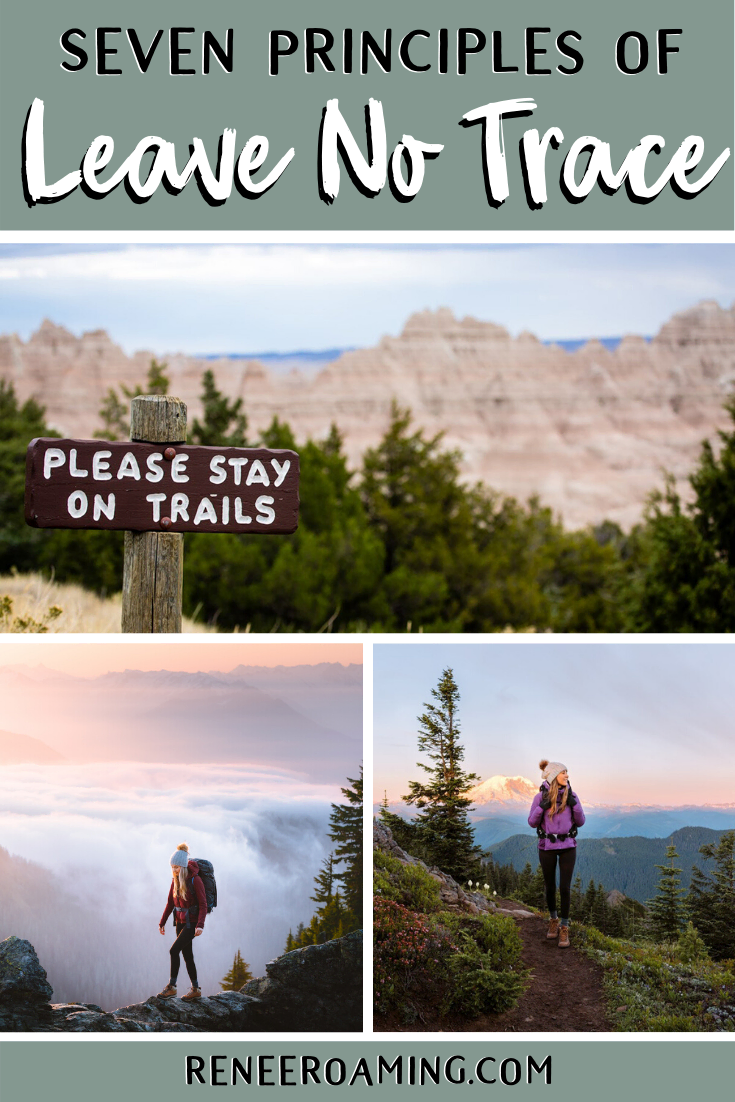
Inspiration for your Outdoor Adventures
- A Beginners Guide to Hiking
- A Beginners Guide to Backcountry Camping
- The Ultimate Winter Hiking and Camping Guide
- Holy Grail Hiking and Camping Gear – 2019
- Getting a Good Night’s Sleep when Backcountry Camping
Disclaimer: This blog post is written in reference to resources produced by the Leave No Trace Center for Outdoor Ethics in relation to the Leave No Trace Seven Principles – © 1999 by the Leave No Trace Center for Outdoor Ethics: www.LNT.org.
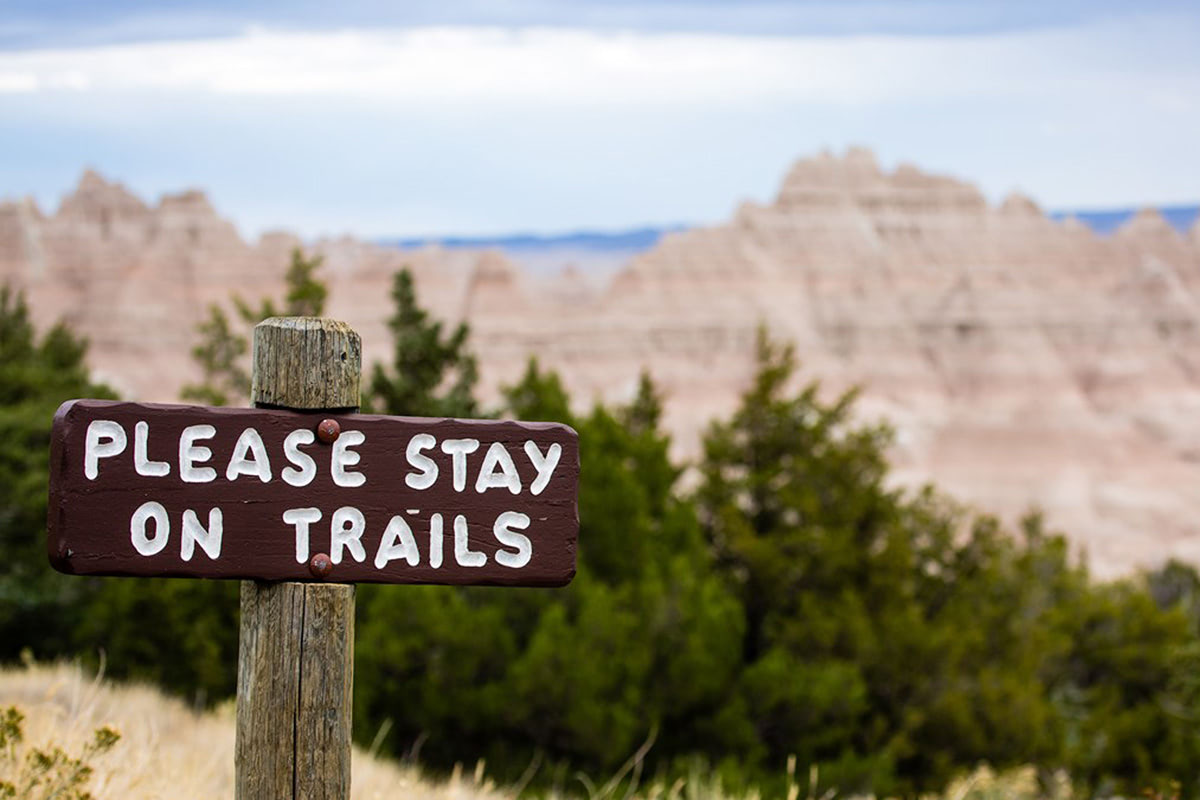
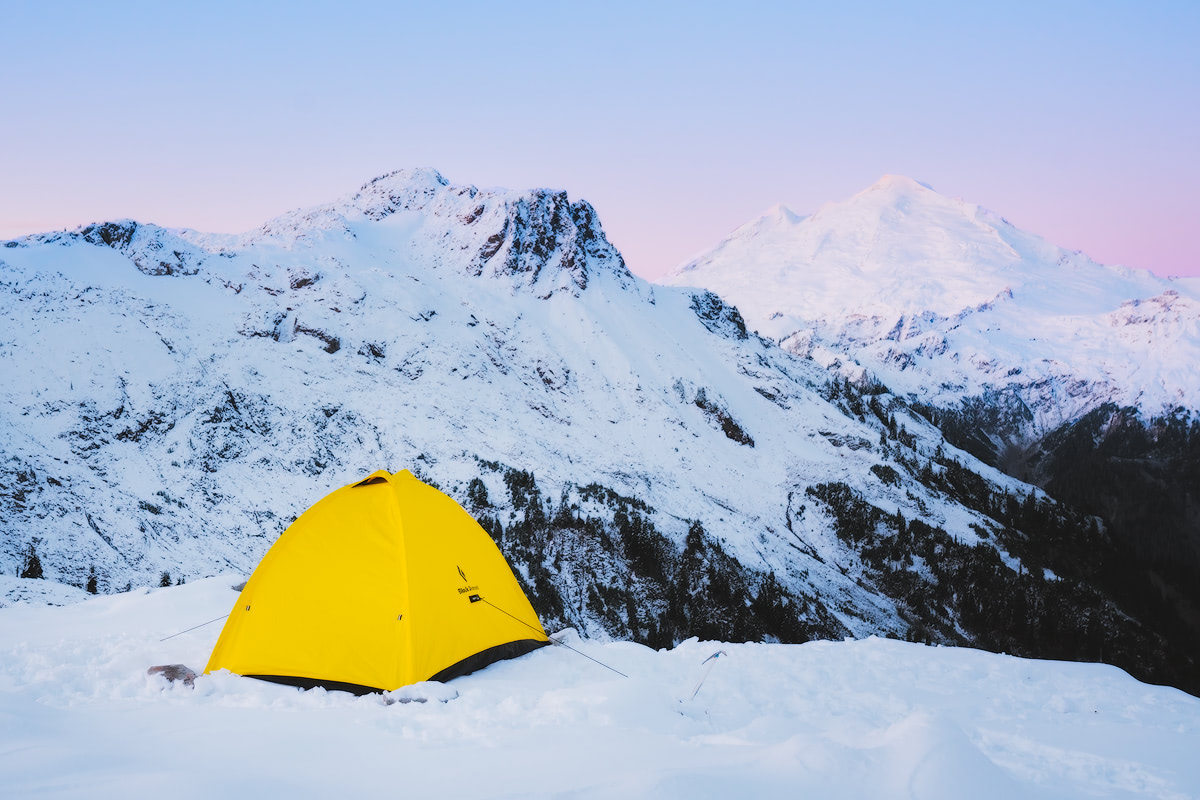
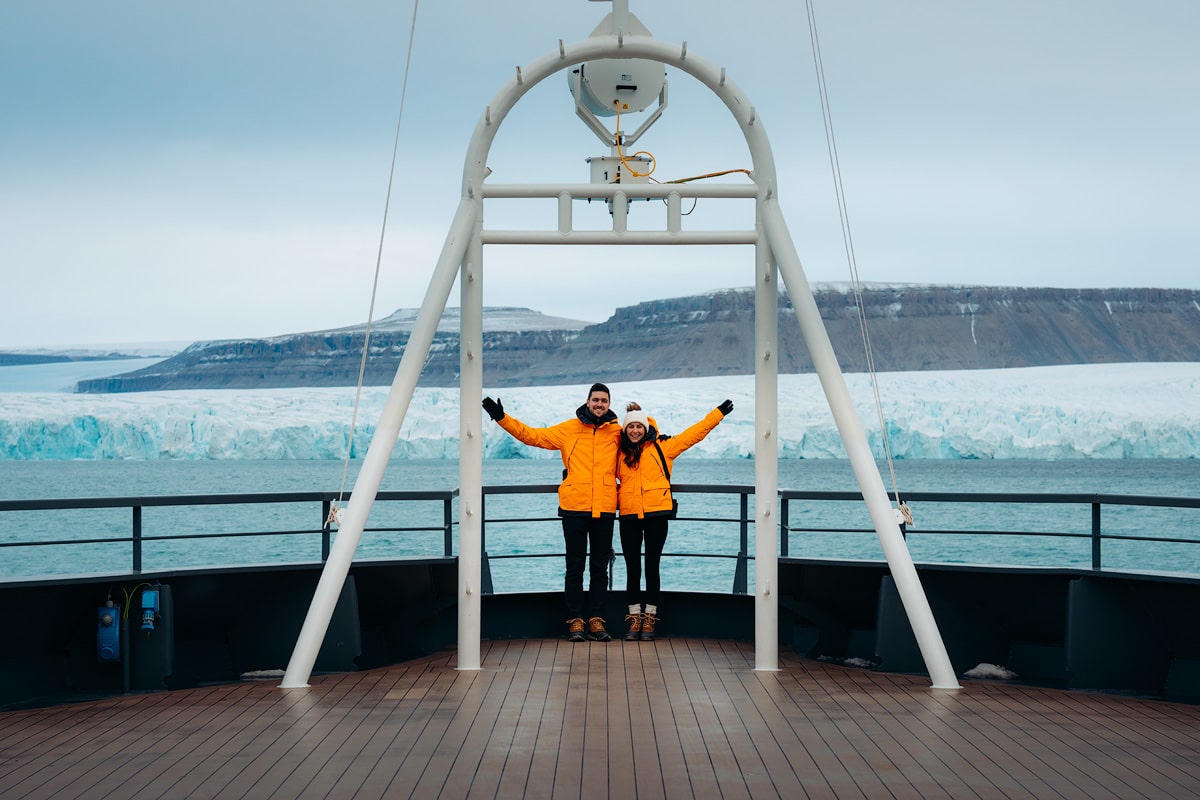
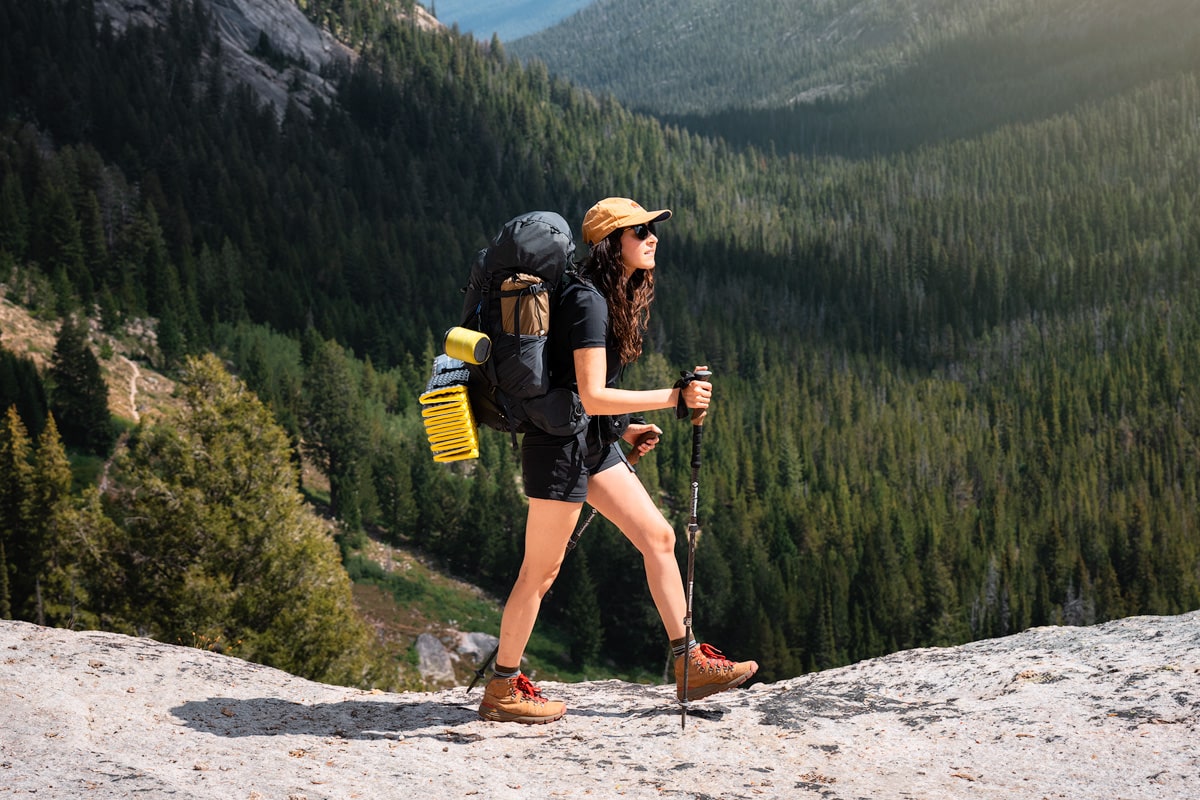
The article talks about seven principles that will help you apply to life and adventures. You will feel the article meaningful if there are principles like above
Thankyou for outlining the LNT principles and hopefully helping to educate those out there who are beginning their outdoor adventures or even as a reminder to those who may have forgotten.